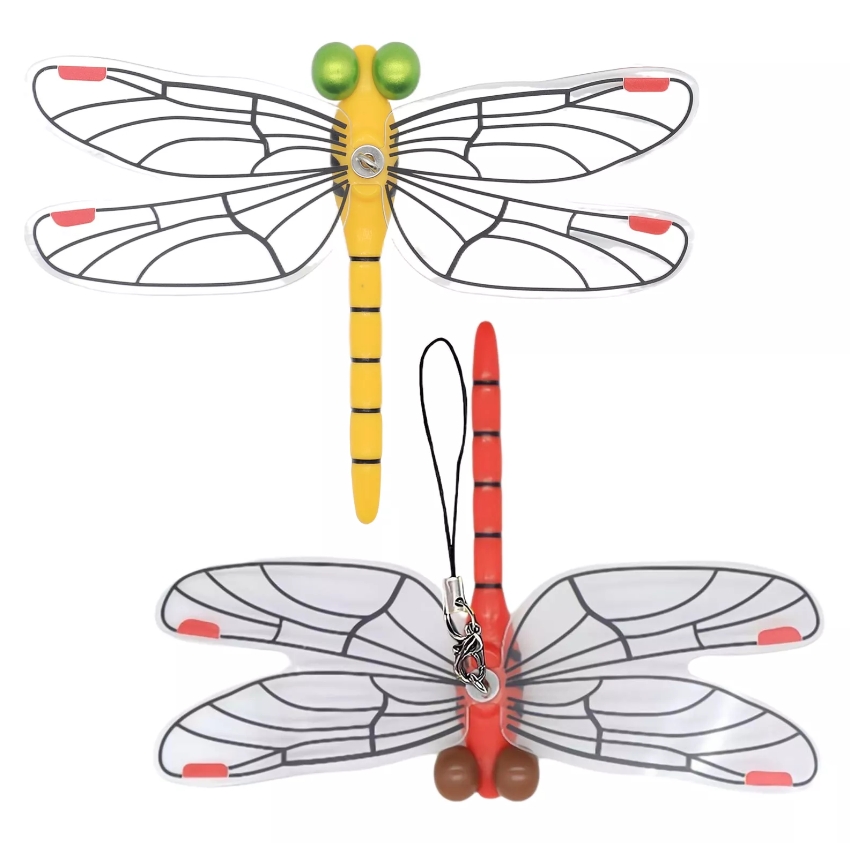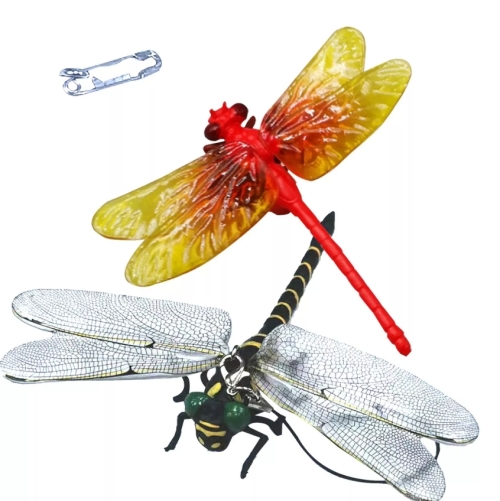The dragonfly model, as a unique design concept, is often used in a variety of fields, from biology to engineering to psychology and social sciences. It was inspired by the biological structure and flight of dragonflies. Dragonflies are known in nature for their excellent flying abilities, being able to hover in the air, turn quickly, and change direction flexibly. This biological trait has profound implications for designers and researchers.
In terms of model construction, dragonfly model emphasizes the integration of multi-dimension and multi-functionality. It not only focuses on the performance of a certain aspect, but also seeks the coordination and interaction between various components. Just as the four wings of a dragonfly can operate independently but harmoniously to achieve complex flight movements, the dragonfly model also promotes interconnectivity between its parts. This design concept is widely used in modern systems engineering, product development and team management.
In addition, dragonfly models also emphasize adaptability and flexibility. In a rapidly changing environment, being able to quickly adjust your strategy and structure is an important ability to survive. Dragonflies can not only fly freely in the air, but also survive in different ecological environments, reflecting its strong adaptability. This feature is particularly important in modern enterprise management. Through the Dragonfly model, organizations can flexibly adjust internal processes according to external market changes and improve their ability to respond to emergencies.
Dragonfly models can also be used to analyze and optimize system performance. In the data analysis and decision-making process, the Dragonfly model provides an effective framework to help researchers identify the relationships between various variables and their potential effects, so as to make more informed choices in complex situations.
















